Is Pursuing the Public Service Loan Forgiveness Program a Waste?
On episode 78 of the Your Financial Pharmacist podcast, Tim Ulbrich, co-founder, and Tim Baker, YFP Team Member and CFP, give an update on the Public Service Loan Forgiveness Program (PSLF) and discuss whether or not this program is still a viable option for pharmacists considering the recent data published showing 99% of applicants for PSLF were denied.
Summary
Tim and Tim discuss an update on the Public Service Loan Forgiveness (PSLF) Program as a response to recent data published showing that 99% of applicants for PSLF were denied. This fall, an article went viral from several news outlets sharing data from the Department of Education. Of course, this impacted many people, but it’s important to dive into the details behind the program.
Tim Baker shares the importance of following the program guidelines to be sure you match all of the steps to qualify for PSLF. The guidelines include working for the right employer, having the correct loans, enrolling in the right repayment plan, yearly check-ins for employment certification and making the correct number of payments. One-third of applicants were denied forgiveness due to having missing pieces on their application or not following the guidelines accurately. Tim Baker urges that you cannot rely on third-party customer service representatives to give you accurate information and that you should work with a financial advisor to ensure you’re on the right path. He also mentions that if you are enrolled in the PSLF program, you have to go all in.
Although it may be a small amount compared to the loans that borrowers were hoping to have forgiven, Congress has authorized 350 million dollars for situations where people weren’t enrolled in the correct repayment plan, etc. Tim Baker believes that this is a tip in the right direction and that it demonstrates the potential longevity of the PSLF program.
Mentioned on the Show
- CommonBond
- YFP Resource: Crush Your Loans
- YFP Blog: Ultimate Guide to Student Loans
- YFP Facebook Group
- NPR Article
- YFP 018: Maximizing the Benefits of Public Service Loan Forgiveness (PSLF)
- YFP Blog
Episode Transcript
Tim Ulbrich: Hey, what’s up, everybody? Welcome to Episode 078 of the Your Financial Pharmacist podcast. Excited to be here alongside Tim Baker as we tackle an update on Public Service Loan Forgiveness, PSLF program, talk about some recent news that was published about 99% of applicants getting denied and really get to the point as to whether or not, for those of you that are pursuing it or considering it, as to whether or not this is still a viable option moving forward. Tim Baker, how you doing?
Tim Baker: Good, Tim, how about you?
Tim Ulbrich: Doing well, excited to get into this. I feel like it’s been long overdue. We read this article. I’m sure you’ve gotten lots of questions, we’ve gotten lots of feedback in the YFP Facebook group. And I think it’s one of those topics that this hit the news, the headline, I’ll read here in a minute, and I think it was a little bit of sensational news that really, as you start to dig into the details, I think we can provide some level of reassurance that people need to stay the course. And we’ll talk about what that entails as it deals with PSLF. Alright, so let’s cut to the chase. This fall, article went viral from several news outlets, coming out with data published from the U.S. Department of Education that a very small percent, 1%, to be exact, a very small percentage of those that were applying for loan forgiveness through the popular and often talked about Public Service Loan Forgiveness program were actually successful in getting that balance forgiven. So here’s one headline from NPR. It says, “Data Shows 99 Percent of Applicants for Student Loan Forgiveness Program Were Denied.” Now, I think this is a big reason, Tim, for a few different reasons. First, as I mentioned, these articles, when they went out, I think people went bonkers. And you know, I think I’m confident in saying that many people were probably impacted if they didn’t read behind the details and do their homework and how they feel about the future of this program, what to do about their own loans. Second, as we’ve talked about before on this show, pharmacists have a boatload of student loan debt, many are pursuing this program and our estimates, looking at those that qualify, is that about 2,500 graduates each year may be eligible for PSLF. And third, we’ve advocated before on this show that if you’re going to go in on PSLF, we recommend an all-in strategy in situations where it makes sense. So I think people that read this, maybe have heard us talk about this on the show before are like, “Oh no, maybe these guys got it wrong.” So are you getting lots of questions from clients? Lots of concern out there?
Tim Baker: You know, I really haven’t, Tim. I had one resident that I’m working with — she mentioned the article and just was kind of backtracking and saying, “Hey, are we sure about this?” And you know, I just reiterated that nothing’s 100% sure. Like we definitely have our thoughts and beliefs in the program, but it could — I mean, there is risk with the forgiveness programs. But I think ultimately, the phones were pretty quiet. And it’s kind of the same thing like with investments. Usually, when the market, like it has recently, takes a downturn, people are calling their advisor and saying, “What’s going on?” My clients really haven’t done that. And I think it’s about the education piece around not only investing and sensible investing but also like the PSLF program and kind of what we’ve talked about it. So it hasn’t really been as big of an issue as I even expected. So I think part of it is just because of what we’ve been saying and some of the indicators that we’ve talked about that I’m sure we’ll outline here today about the program and where it is and I think where it’s going to go.
Tim Ulbrich: Yeah, I’m with you. I think we’ve been preaching details on this in terms of making sure you’re in a qualifying repayment plan, the right kind of loans, doing what you need to do, so I’m hopeful that has paid off. So let’s walk through five kind of main points of our outline for today’s show. We’ll talk about a quick review of the PSLF program, the requirements. We’ll talk about what this data does and doesn’t tell us. We’ll talk about what we think those pursuing PSLF should do with this information. We’ll talk about some other recent news surrounding PSLF that I think gives us some insights into the future of the program. And finally, we’ll wrap up with some resources that we have available to help you out with next steps for those that are wondering, is PSLF right for me? Or those that are even actively pursuing it. So Tim Baker, we talked about in Episode 018, we talked extensively about PSLF. So we don’t need to spend the episode doing that. But walk us just through again quickly the requirements related to PSLF.
Tim Baker: Yeah, so typically, the cadence for the PSLF program basically goes like this. You have to work for the right type of employer, and that’s typically a 501c3 nonprofit. You have to be in the right kind of loans, so private loans need not apply. You basically need to be in the federal direct loans. And there’s some confusion about that. So you know, if you’re not sure, and you’re seeking PSLF, probably consolidation. And we’ll talk about that in a second. You’ve got to be in the right type of repayment plan. So that’s typically one of the four income-driven plans. So we’re talking IBR, ICR, Pay As You Earn and Revised Pay As You Earn. You’ve got to make the right amount of payments, so this is typically 120 payments across 10 years. It doesn’t have to be consecutive, though. You’ve got to prove it, so that’s where we basically every year, we’re going to dust off the employment certification and say, “Hey, FedLoan Servicing,” who’s the servicer that basically monitors this program, ministers this program, “Remember these payments that I’ve made over the last 12 months or so? We good? They count? OK, good.” So we basically have to prove that every year. And then at the end of our 120 payments, we apply and we receive tax-free forgiveness, which is important because in the other forgiveness program that’s the non-PSLF program, you essentially have to pay taxes on the amount that’s forgiven, almost like it’s income. So that’s really the way in which, you know, you walk through the PSLF program.
Tim Ulbrich: And I think that’s important that we spend just a couple minutes talking about that because as we look at the article that came out from NPR, other news outlets, data from the U.S. Department of Education, all of those that I see in terms of those that were denied is because of something that went wrong there, besides people who had just filled out the paperwork wrong. But you know, they either weren’t in the right kind of loans, so they didn’t consolidate their loans into a direct loan. They weren’t in the right type of repayment plan.
Tim Baker: Yeah.
Tim Ulbrich: Or they weren’t ensuring that they were working for a qualified employer. And they ultimately were putting themselves in the position. Unfortunately, I think why this gets so much negative press is that the way these plans are typically working is that somebody’s loan balance is probably going to grow over the course of this time period. So I think some people, especially early on, if they didn’t have the right information, are rightfully ticked off because, hey, what the heck? I thought I was going to be forgiven. Now I owe more. And we’ll talk about at the end what the government is trying to do to appease some of this concern that’s out there. So No. 1, you’ve got to make sure you’re in the right requirements. And as Tim mentioned, those are the things around the right type of employer, right kind of loan, right repayment plan, making the right amount of a payment. It’s 120 payments. And then ultimately, you prove it, and you apply for tax-free forgiveness.
Tim Baker: Which can be super confusing, Tim, because even when the program was rolled out, there wasn’t a whole lot of information on that. So you know, a lot of the news, it kind of goes back on the borrower, which the borrower, I think there’s some — you know, we have to figure that out. But I think the way the program was rolled out was just really, really inefficient. And I think we think that the acceptance rates for the forgiveness will get better over time, just basically more iteration, more information, that type of thing. But yeah, it’s not the easiest thing to navigate, which kind of gives us some job security because obviously, this is kind of what we do a lot of these. But you know, it’s just something to really — because when you’re looking at this much debt, super important to make sure that the t’s are crossed, the i’s are dotted.
Tim Ulbrich: So let’s talk about that a little further because I think that goes into the next point here about what this data does and doesn’t tell us. While I love NPR, I think they got this wrong when they said, that “PSLF is out-of-reach for most people who apply for it.” And what they were looking at is that as they looked at the data, nearly 29,000 applications were out there, but of those 29,000, just 289 were approved. So that’s where they got the 99% denial rate. But to your point, Tim Baker, we have to remember that October of 2017 was the first point in time when people were eligible to apply for forgiveness because they would have gotten to that 10-year mark. This program began in October 2007, so tell us what the first few years, maybe some of the information, details, access to forms, how good the services were doing or not — although I think they’re still doing a pretty crappy job.
Tim Baker: Yeah.
Tim Ulbrich: But what was different then versus people who maybe have come out in the last three or four or five years?
Tim Baker: Yeah, well I think first of all, the income-driven plans that are out there weren’t even in existence. I think it was IBR was the first one that came out — maybe it was ICR — but IBR and ICR were the first ones. And now we have REPAYE and PAYE. They weren’t even there. I think the other thing to consider is that the employment certification, which is a major step in this process, that wasn’t even developed until years into the program. So you know, FedLoan Servicing, they’re really the ones that, like I said, are administering this program. And the Department of Education basically chose them to do that. But I think in their defense — even though I think that they’re not a great servicer at all — they’ve been given very little guidance, I think, by the Department of Education. And they’ve really kind of had to make it up as they’ve went. So you know, I think when PSLF was put into place by George W. Bush, his administration, President George W. Bush, his administration, I think the thought was like, well, we have kind of 10 years to figure this out. The problem is is that we really need to have a set system in place 10 years ago so people kind of knew if they were on track or off track because I think that’s the most devastating part is you read these stories, and people are like, “I thought I was on the path for forgiveness. It could have been my loans were FEL loans,” which aren’t eligible, which were a predominant loan a couple years ago. Or, “I was in a graduated repayment plan,” which you can’t be in that repayment plan for that. You have to be in one of the income-driven plans. So the news is devastating because we’re talking potentially hundreds of thousands of dollars. But I also think, like, it kind of reminds me of the numbers, 29,000 applied, it’s almost like when they talk about like acceptance to West Point. It’s like, if you open a file, you’re part of that stat. But you might not actually have even entertained it at all. So it might be someone who’s opening up a file and just saying, “Hm. I’m five years in, maybe I’ll give it a shot and see where I’m at.” But yeah, I think the news, it is a little bit sensationalized, but there is some truth to it in a sense that, you know, the forgiveness rates — and they’re almost like unicorns, people that are out there that are being forgiven. To me, and I’ve asked FedLoan Servicing, how come you guys are not like pointing at these people and trumpeting the fact that they — I don’t know, it’s like a marketing thing that I just don’t understand. But yeah, it’s a super interesting case because the numbers don’t support I think what I think a lot of lawmakers thought. We’re now questioning, is this program really valid?
Tim Ulbrich: So if there’s any pharmacists that are out there that are part of this 289 in terms of applications that are approved, contact us ASAP.
Tim Baker: Yes.
Tim Ulbrich: Right? I mean, to your point about the unicorns, I mean, it feels like this mystical program of like I think people are getting it, but we want to meet somebody, talk to them and really have that conversation. So to your point, though, Tim, looking at the data that was actually in this article from the U.S. Department of Education, a third of applications were denied — a third — because of missing information. So they’re not even complete applications, you know. It kind of reminds me of when you look at application numbers into pharmacy school, well, if they didn’t complete the application, you know, obviously that can inflate the data a little bit. What’s interesting, though — and this comes directly from the article — they say, “But they’re not meeting the program’s requirements because they’re often given insufficient or sometimes bad information by the companies that the government pays to manage these student loans.” And I think it’s worth reiterating that the federal government, when it comes to federal student loans, is contracting out the management of those loans to companies that are out there. You’ve mentioned several of them, Nelnet and Great Lakes and all these companies that are out there. And we’ve talked before, I think we’ve thrown them under the bus many times, so we probably don’t need to do that again. But the point here is that you cannot rely on a customer service agent at one of these companies to be giving you advice on whether or not you have all your t’s crossed and your i’s dotted. Whether that’s fair or not, I think that’s the reality of where some people are getting in trouble like the example you gave of they’re not in the right loan or they’re not in the right repayment plan.
Tim Baker: Right.
Tim Ulbrich: So let’s just make sure our listeners are crystal clear on what the right loans are because I think there’s a misperception out there that if you have federal loans period that you qualify. And you cannot stop there. You have to be in the right loan to make sure you have qualifying payments. So what is that?
Tim Baker: Yeah. So I mean, it’s essentially a direct subsidized or unsubsidized loans. And there’s actually even some confusion about does that include Stafford loans, which are kind of like the new direct? Because if you put Stafford loans into the studentloan.gov repayment estimator, it shows up as an unqualified loan for one of the four income-driven plans. But the easy ones that we know that don’t really apply are the FEL and the Perkins loans. And that’s I think where a lot of people were misstepping. I think if you are unsure, and you’re entering in the program, just consolidate the loans, meaning you turn one or more loans into one loan. And basically, that achieves the square peg, round hole. Now, if you’re halfway through PSLF, and you’ve been paying and your loans are questionable, you’re not going to want to consolidate that because when you consolidate, it actually restarts the clock. So I think I had a case like this, I might have mentioned it.
Tim Ulbrich: Yeah.
Tim Baker: You know, the borrower, she had like $500,000 in loans, and half of them were in FEL and half of them were in direct. And we essentially consolidated the half that were FEL, restarted the clock on the PSLF, and then her other loans we just left alone. So she’s happy now, she’s almost there with those. But again, like, the program shouldn’t be, the program shouldn’t be this complicated. But so if you’re unsure, and you’re entering the program, just consolidate them. It’s cleaner, I think, to track your loan. It’s just a weighted average of all of your interest rates. It doesn’t really help you versus like the refi option, which you’re not going to want to do if you’re going after PSLF. But consolidation, I think, would be key to just make sure that you’re in the right type of loan.
Tim Ulbrich: So the third thing we want to talk about is what we think those pursuing PSLF should do with this article. And to be frank, as I looked at this and I read this and after I got over the initial panic moment that I had online, I thought, if you’ve been crossing your t’s and dotting your i’s, I don’t really think there’s anything new for you here except for making sure you’re crossing your t’s, dotting your i’s. If you want to get a second opinion, I think that’s a good practice to consider. I gave you the website earlier, yourfinancialpharmacist.com/crushyourloans, where we have lots of information in terms of articles that you can read, making sure that refinance if you’re pursuing forgiveness is not an option, but if you’re not pursuing forgiveness, you can evaluate that option. Or you can look at a one-on-one student loan consult to get a second opinion. Submitting the employment certification form annually, we’ve talked about making sure you’re doing that. And again, not relying on these third-party companies to be your source of information that you ensure that you have everything correct, making sure you’re doing the things that we’re talking about here in this episode. The other thing I want to mention here, Tim, is that we’ve talked about before that we believe if you’re in on PSLF, you should go all-in on PSLF. So what do we mean by that concept of going all-in on PSLF?
Tim Baker: Yeah, so many times, one of the things that we like to do just as humans is we kind of like to revert to the mean. So this would be, hey, I’m pursuing PSLF, and I get a bonus or I get a tax refund, and I’m like, oh, I’m just going to apply a little bit. I’m feeling a little guilty because I’ve just been paying the minimum on my loans. This has happened, so if you’re laughing out there, this is actually conversations that I’ve had — that I want to throw a little bit more towards my loans and make some progress. The problem with that is you can’t — in the loan situation, you have to basically fly one flag. You can’t go after PSLF and throw extra at the loans because that’s kind of contradictory to what you’re trying to achieve. Just like the other end of this is kind of going all-in on the loans, just being — this is really the Tim Church method. So essentially, the goal if you are seeking PSLF is to lower your payment as much as humanly possible. So this in turn, basically maximizes your forgiveness. So the way that you do that is you make sure — you have to essentially lower your AGI, your Adjusted Gross Income. So the way that you do that, the way most pharmacists can do that is by maxing out their retirement plan, their 401k or their 403b, which for 2019 is going to be $19,000 for the year that you can contribute. It’s going to be maxing out your HSA, which I think for a single person in $3,500 for 2019 and then $6,900 or $6,950 I think for if you’re a family. So by putting money into those buckets, it lowers your AGI, which lowers your calculated payment because when you go and certify with your repayment plan every year, they actually look at your IRS — it connects to the IRS and looks at your tax return to get that number. So the lower that number is, the lower your payment, and the more that you’re going to be forgiven. So the idea of hey, you get a tax return or some of the money that you’re then going to apply towards that doesn’t make any sense. Now, it feels good and it feels like you’re making progress and you’re doing the right thing, but it’s contradictory to the strategy that you’re implementing. And for a lot of people, that’s just hard to swallow because the idea is that the PSLF is a very passive program, so we want to interject some active steps, but really, the most active thing that you can do with PSLF is really just to lower that AGI and put as much money into those accounts that I mentioned.
Tim Ulbrich: Yeah, I think when it comes to PSLF, you don’t want to meddle in the middle. I mean, you don’t want to — to your point — be making extra payments. The goal is to maximize forgiveness, which you do through minimizing your payments, which you do through lowering your AGI I think it’s also worth noting and reminding listeners in this section that we believe you can’t just look at the numbers when it comes to your student loan repayment situation and plan, right? This is a great example where you’ve got to balance the math with your feelings around the debt, with your feelings around the unknown, and really doing the calculations to say, how much am I going to save potentially through the PSLF program? And is it worth the unknown? Is it worth the — news like this coming out, is that going to upset or bother me? Is it worth the potential challenges I have if I don’t like my current position and I want to change jobs? And I think all of that is important to consider as you’re evaluating the potential savings that could come along with PSLF. The next item, Tim, is that there’s been some recent news — not so recent now, but in the last 3-4 months that came out.
Tim Baker: Yeah.
Tim Ulbrich: The recent news about PSLF that I think is giving us some insights into the future of this program and maybe some insights in terms of where the federal government views this program and their commitment to seeing it through, at least for the foreseeable future. And that was that $350 million was authorized by Congress to basically make up for the situations where people maybe weren’t in the right plan or weren’t in the right option. So tell us a little bit about that and your takeaway from that news.
Tim Baker: Yeah, so in March of 2018, the Department of Education announced this new program that’s called the Temporary Expanded Public Service Loan Forgiveness Program. And essentially, it’s to aid borrowers who thought they were on the right path for forgiveness but were ultimately denied for one reason or the other. So basically, Congress earmarked $350 million, which is kind of like, you know, they’re not going to expand that, but they’re essentially — as people are applying for this type of forgiveness, the funds will be exhausted. But essentially, the demographic, obviously, is a large demographic of people that thought they were on the right path, but to me, I think this is one of the reasons why I think that PSLF has legs because this is Congress basically earmarking more than a quarter billion dollars for this problem and I think recognizing the fact that the government didn’t roll out this program as efficiently as possible. So I think for me, the fact that they’re willing to put this amount of money for the oops situations that are out there — obviously, $350 million out of a $1.5 trillion issue is a drop in the bucket, but there’s a smaller percentage of people actually looking at forgiveness, but I think it’s a tip in the right direction in terms of I think where Congress views this in terms of longevity.
Tim Ulbrich: Yeah, and I think that’s reassuring. You never want to predict the future, but I think the other aspect to consider with the recent election is now that we have a split Senate and House, I think the likelihood of mass transformation of what currently is status quo is probably unlikely. So certainly something to watch going into future elections. But I think those that are in it, in our opinion, can feel somewhat safe and secure in the future of that program. The final thing, just to wrap up here, is just a reminder of resources that we have available to help you out with next steps if you’re wondering, what does the future hold for me as it relates to PSLF? Again, yourfinancialpharmacist.com, we’ve got lots of information, resources. Episode 018, we talked about this in detail. We’ve got some blog articles on this, we’ve got lots of information just in general on student loans. And a huge shoutout to Tim Church, who has really taken ownership of the new link that we have at yourfinancialpharmacist.com/crushyourloans, where that’s really your one-stop shop if you’re thinking about whether refinancing, staying in the federal government system, paying them off, pursuing PSLF, or whatever option, really making sure that you’ve got the best plan in place. So everything from DIY, ultimate guide to how to do that, all the way up to one-on-one consult with Tim Baker if that’s the right option for you. So Tim Baker, great stuff. Anything else to add as we wrap up?
Tim Baker: Yeah, I would just say that if you’re listening to this episode and you’re thinking, man, why would you ever want to kind of go through this every year and have to recertify? The fact of the matter remains that you can’t argue with the math. So I recently did an analysis, a student loan analysis for actually someone that just got done residency on the west coast. And he had about $420,000 worth of debt, student loan debt, which is a large number. And when we actually broke down basically the decision table, basically his most expensive, the total amount paid over the course of the loan, he was looking at about $580,000 versus the PSLF program, which was about $155,000.
Tim Ulbrich: Wow.
Tim Baker: So when we talk about like you can’t argue with the numbers and like that, or it could be a six-figure swing, that’s what we’re talking about. And then the second part of that is like the monthly payment is a lot lower. Like you’re looking at $4,800-4,900 per month in that most expensive versus $1,000 and change. So if you’re sitting there and you’re thinking, man, why would anyone do this? I would say, not so fast. You know, I think that’s the power of looking at this and getting it all on one page and one almost decision matrix because that’s how much the needle can swing with regard to this program.
Tim Ulbrich: And Tim, in that example, that doesn’t even account for the savings that would be accrued, right, over 10 years in 401k’s or other…
Tim Baker: Exactly. Yeah, so it’s even more. So you’re looking at a $400,000 swing and then some. And then what would you have in your 401k after those 10 years or that HSA over those 10 years? Yeah, it’s a huge number. So yeah, and that’s why, Tim, I think too is I think really, people should almost consider this as part of their benefits package. You know, if you’re looking at a hospital or another nonprofit, and you know, a hospital’s going to pay you $105,000 versus somewhere else that’s going to pay $115,000-120,000, those numbers, that’s a drop in the bucket comparatively. So I think it’s important to kind of view that as a whole package as well.
Tim Ulbrich: I think that’s great advice, especially for the students and maybe the residents that we have are listening that we tend to evaluate job offers I think often solely on that generic amount that a pharmacist is getting. Those are the details that matter, right? If you’re working for a qualified employer, and you do the math that you just did in that example, obviously, that becomes much more lucrative. And I think to your point and the example that you gave there, that highlights that obviously as you’re indebtedness number grows, the math on the PSLF becomes better. And so again, making sure that you do the math, on top of that, how do you feel about the debt? What does this mean for you? And for each and every person, you may get to a different conclusion. And I think that’s the value in looking at this on an individual basis. So Tim Baker, as always, great stuff.
Tim Baker: Yes.
Tim Ulbrich: And have a great rest of your week.
Tim Baker: Yeah, you too, Tim.
Tim Ulbrich: And as we wrap up, I want to again thank our sponsor, CommonBond.
Sponsor: CommonBond is a on a mission to provide a more transparent simple and affordable way to manage higher education expenses. There approach is no big secret…lower rates, simpler options and a world class experience, all built to support you throughout your student loan journey. Since its founding, CommonBond has funded over $2 billion in student loans and is the only student loan company to offer a true one-for-one social promise. What that means is that for every loan CommonBond funds, they also fund the education of a child in the developing world through its partnership with Pencils of Promise. So right now, as a member of the YFP community you can get $500 cash when you refinance through the link YourFinancialPharmacist.com/commonbond. Again, that’s YourFinancialPharmacist.com/commonbond.
Tim Ulbrich: And one last thing if you could do us a favor, if you like what you heard on this week’s episode, please make sure to subscribe in iTunes or wherever you listen to your podcasts. Also, make sure to head on over to yourfinancialpharmacist.com, where you will find a wide array of resources designed specifically for you, the pharmacy professional, to help you on the path towards achieving financial freedom. Have a great rest of your week!
Recent Posts
[pt_view id=”f651872qnv”]

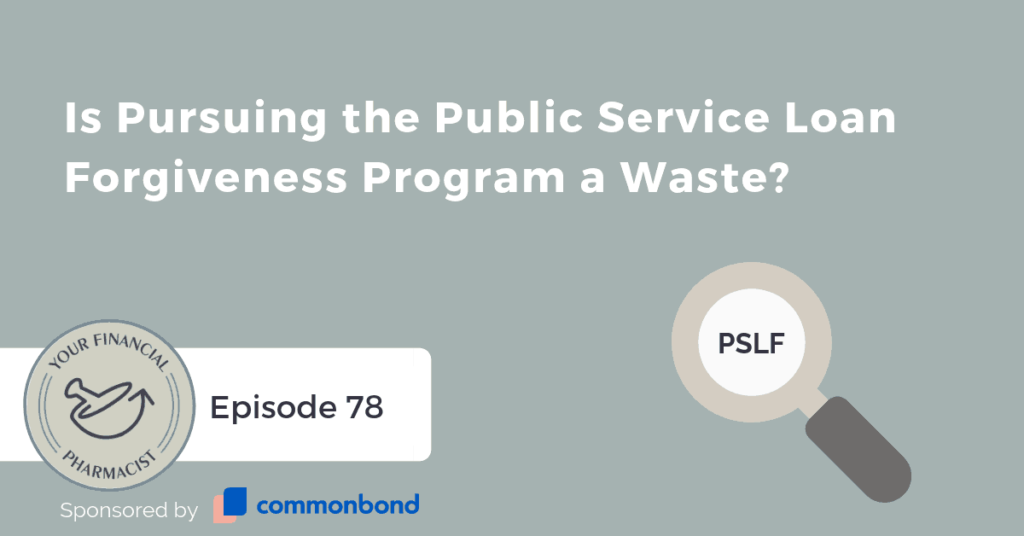
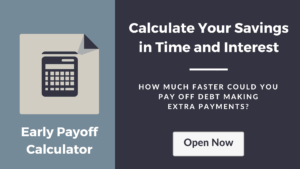


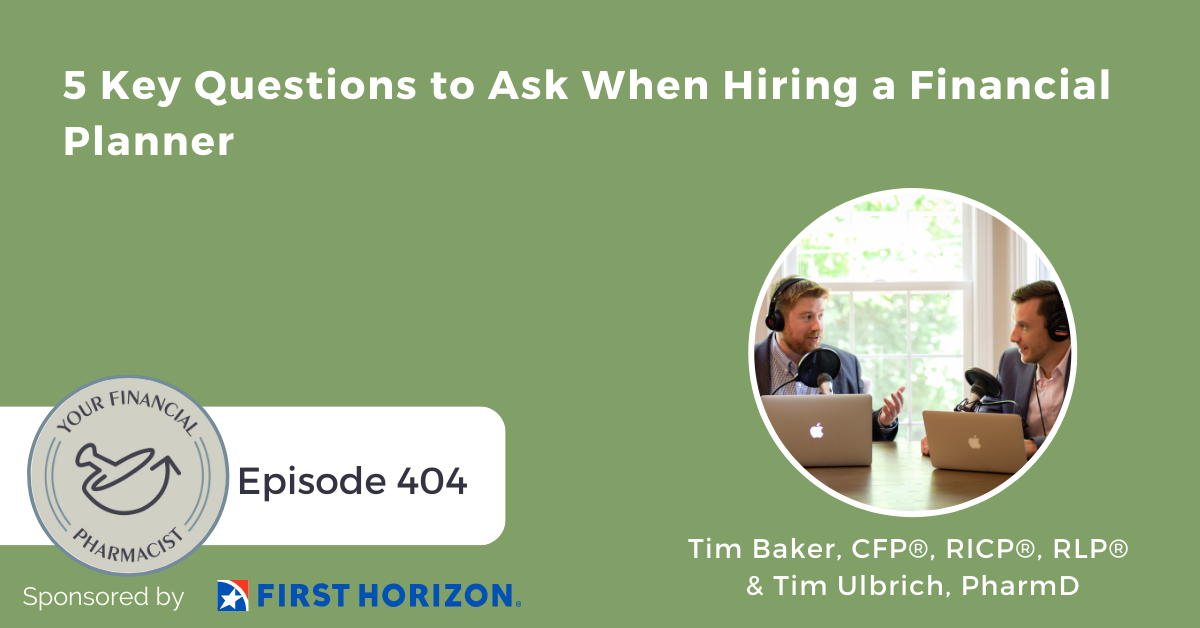
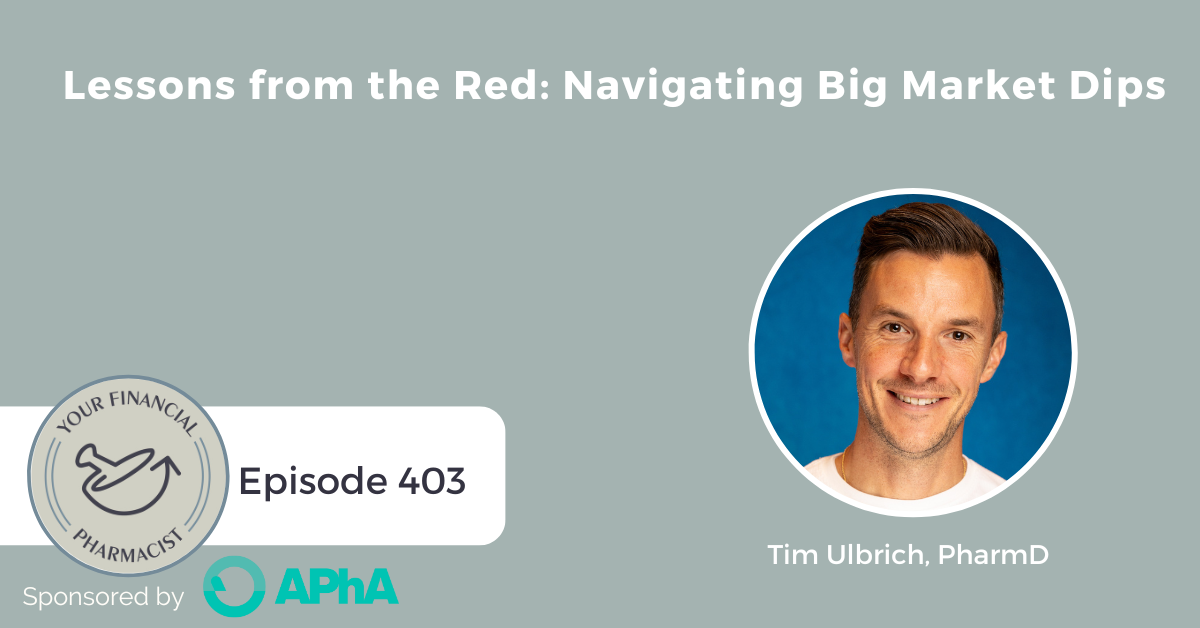
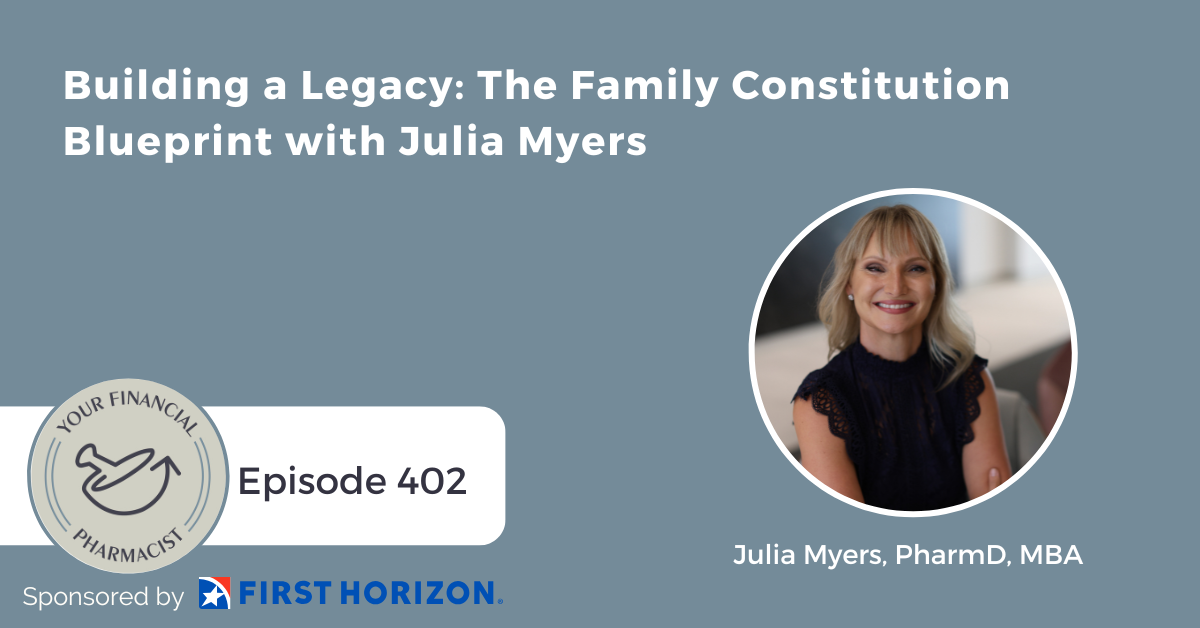
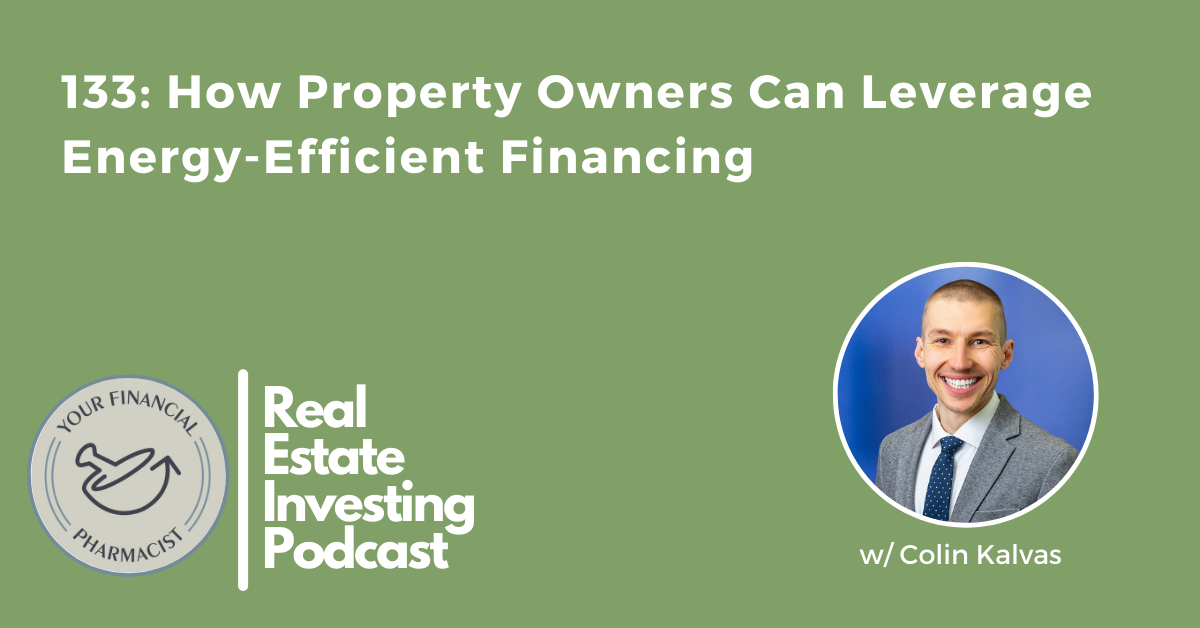



One thought on “YFP 078: Is Pursuing Public Service Loan Forgiveness Program a Waste?”
Helpful information